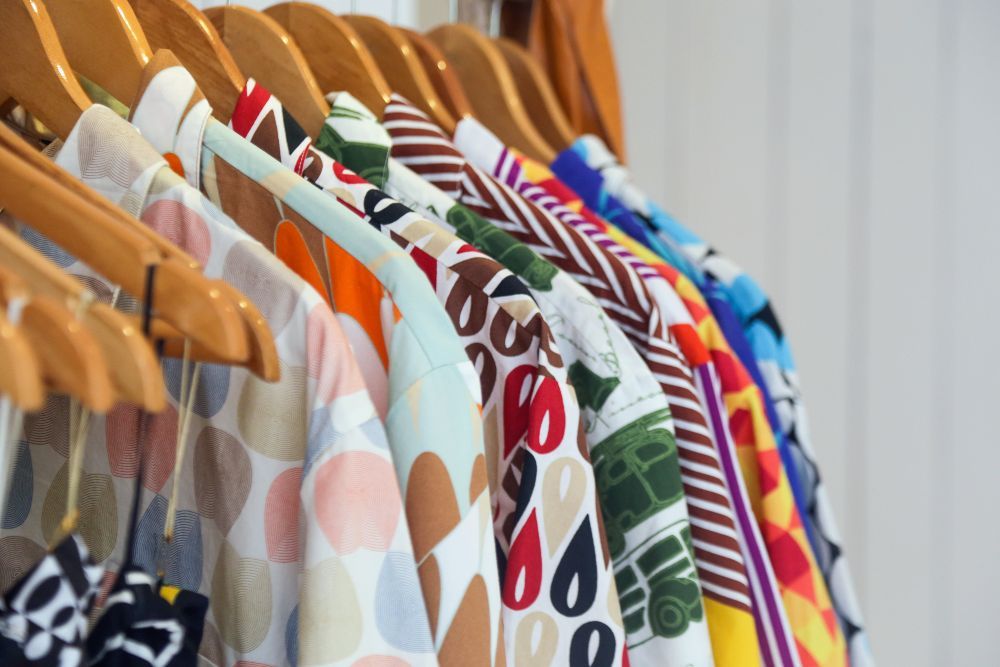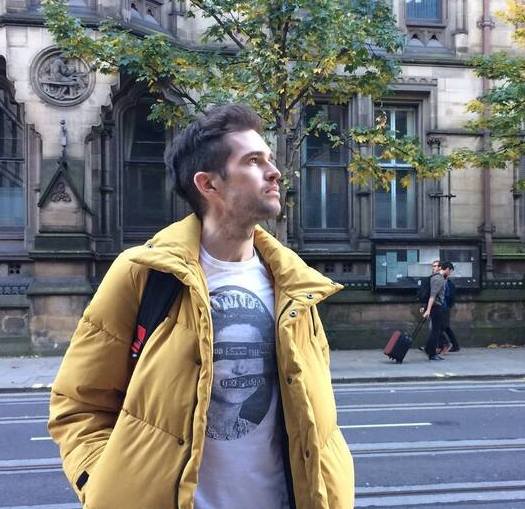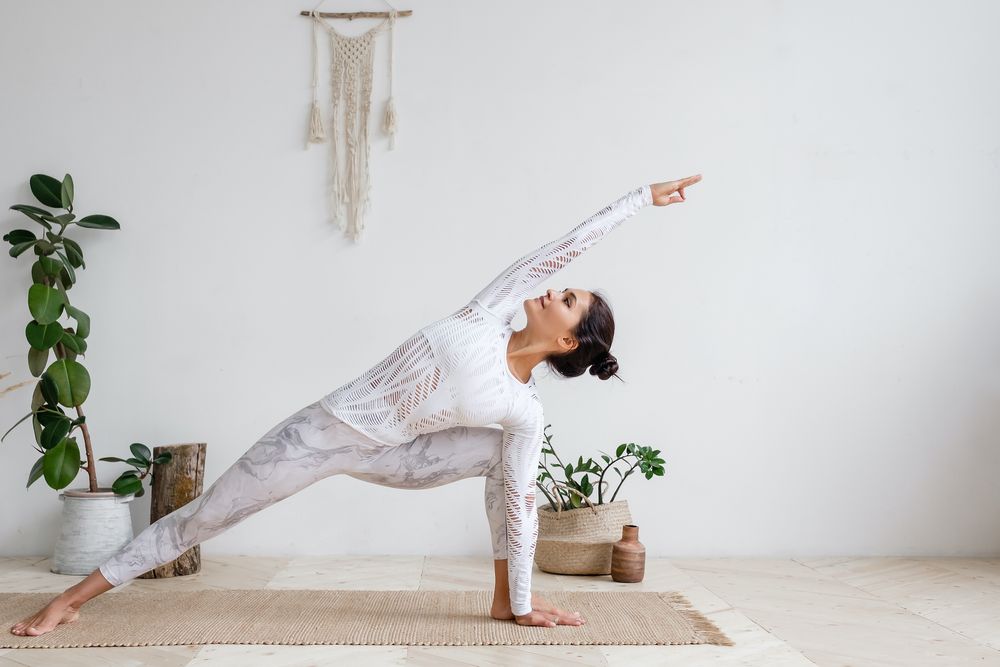I won’t lie. Last week I bought a brand new denim jacket, a new t-shirt, and a sweater.
I have reasons!
Winter is coming, my wardrobe is a bit dated (hadn’t bought a new jacket for over a year), and I’ve recently got out of a toxic relationship, which made me want to treat myself a bit.
Yet after purchasing these clothes, I did start to wonder about my choices.
Environmental issues are swamping us right now, and I’d already read that fashion isn’t exactly the best thing for the environment, no matter how much it colors our lives and makes us feel good.
New clothes, so the line goes, are bad for the environment.
So, were my reasons for buying new clothes (and not making do with what I’ve got or buying second-hand clothes) justified? Do I really need a new jacket once a year? Is spending money on a new sweater really going to make me feel good again?
I decided to look into the folk who have stopped buying new clothes to find out their reasons and whether more of us should be following their lead — and how we can do it.
Let’s dive in!

Why new clothes are bad for the environment
How many times have you bought a new outfit, worn it once — and then never worn it ever again?
Or how many times have you bought a new outfit and never worn it at all? *raises hand*
I’m looking at you, yellow-shirt-with-ice-cream-cones.
That was a disaster on my part (a definite “what was I thinking?” moment).
Most of us don’t give it a second thought when we discard new outfits. Sure, we lose the $40 we paid for it but that’s just the price to pay.
Except it isn’t the only price that’s being paid. A lot of fashion these days costs little to make, and a lot of the clothes we wear are made in Asian sweatshops. Textile dying, meanwhile, is a huge polluter of clean water — the second biggest, in fact.
Then there’s the polyester that many clothes are made of. It sheds microfibres that find their way into the oceans, increasing the unsustainable and grotesque levels of plastic found therein.
And that outfit you bought once, never wore again and threw away? Lots of people do the same, with many of us throwing away a mammoth 68 pounds worth of textiles every 12 months.
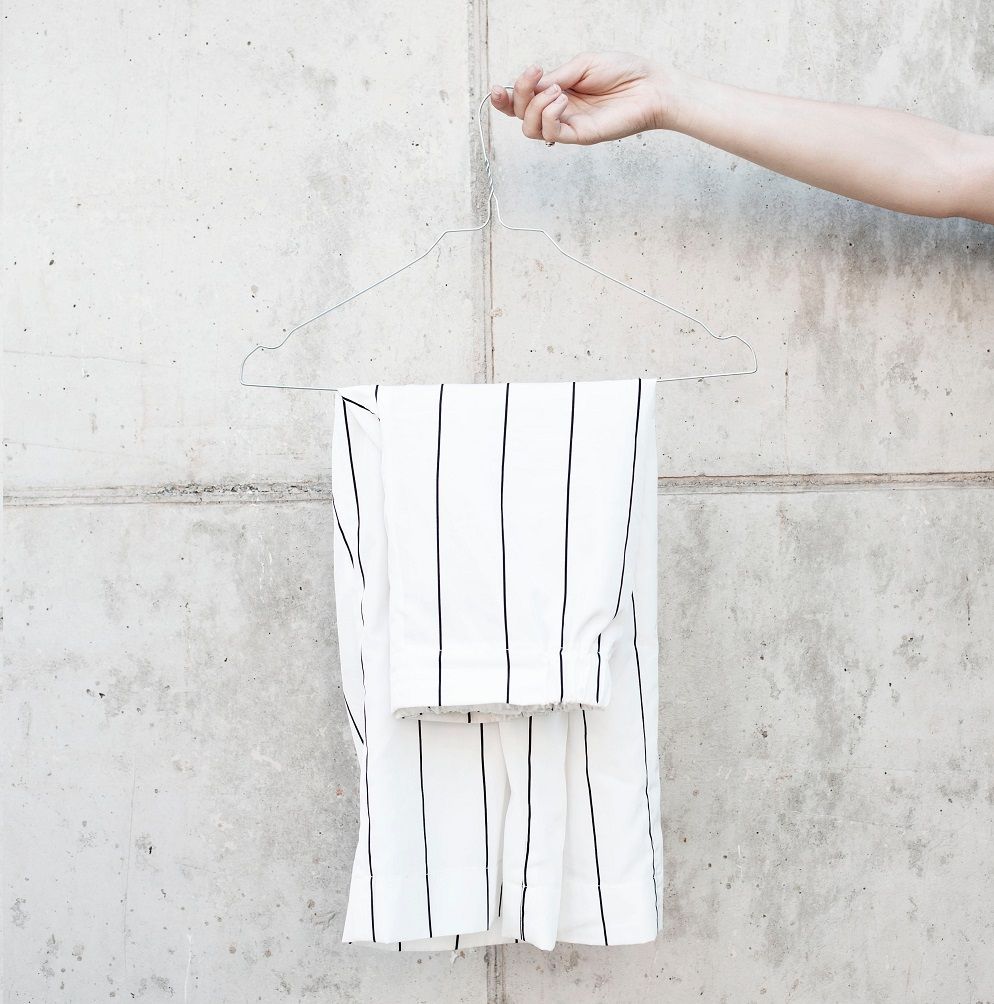
Meet the people who (almost) stopped buying new clothes
Lauren Cowdery is one of many people who are now cutting out new clothes in order to do their bit for the welfare of our planet. A self-confessed “shopaholic,” Cowdery found it hard to stop stocking her wardrobe with new outfits but knows she’s doing the right thing.
“I used to buy things because they were there. I’d think ‘oh brilliant, a discount code! Free shipping! I’ll order stuff! Hmm… It doesn’t fit very well, but I can’t be bothered to send it back… I’ll keep it.
At £20 a time, that starts to build up. There’s a wardrobe of stuff. Things with the tags still on… I took a look at myself and thought: ‘what are you doing?’”
Blogger Eden Ashley is another fashion lover who was “addicted” to buying new clothes. Like many of us, she got a buzz out of wearing something new each time she went out.
“I absolutely loved the feeling of buying something new,” she writes. “Having a new work outfit or a new dress to wear out with friends gave me such a high. It was a temporary source of happiness and I felt richer than I was.”
What I noticed about my own reasons for constantly craving new clothes, and what I’ve noticed about the reasons other fashion lovers have given, is that our desire for newness might be linked to aimless attempts at impressing other people and projecting a false impression about our status.
It’s like the familiar quote that’s been doing the rounds on social media for the last few years: “Stop spending money you don’t have on things to impress people you don’t even like.”
“I realised that I had lots of perfectly good clothes and I didn’t need new stuff right now,” continues Eden. “Instead of buying new clothes, I shopped my closet. I even discovered items which I didn’t remember owning.”
Constantly buying new clothes just isn’t sustainable for the planet, and it’s not always sustainable for ourselves, financially and spiritually.
Indeed, who can waltz into high street stores and feel good about splashing $200 on another shopping spree after reading that the Environmental Audit Committee has made 18 recommendations to the government in order to clean up their fashion-related environmental and labor practices?
It’s hard. That temporary high you chase from buying something new and wearing something new soon wears off, and you’re left with the realization that you’ve got less money, the people you wanted to impress weren’t even that impressed anyway, while the workers who are making your clothes are still rotting away in sweatshops.
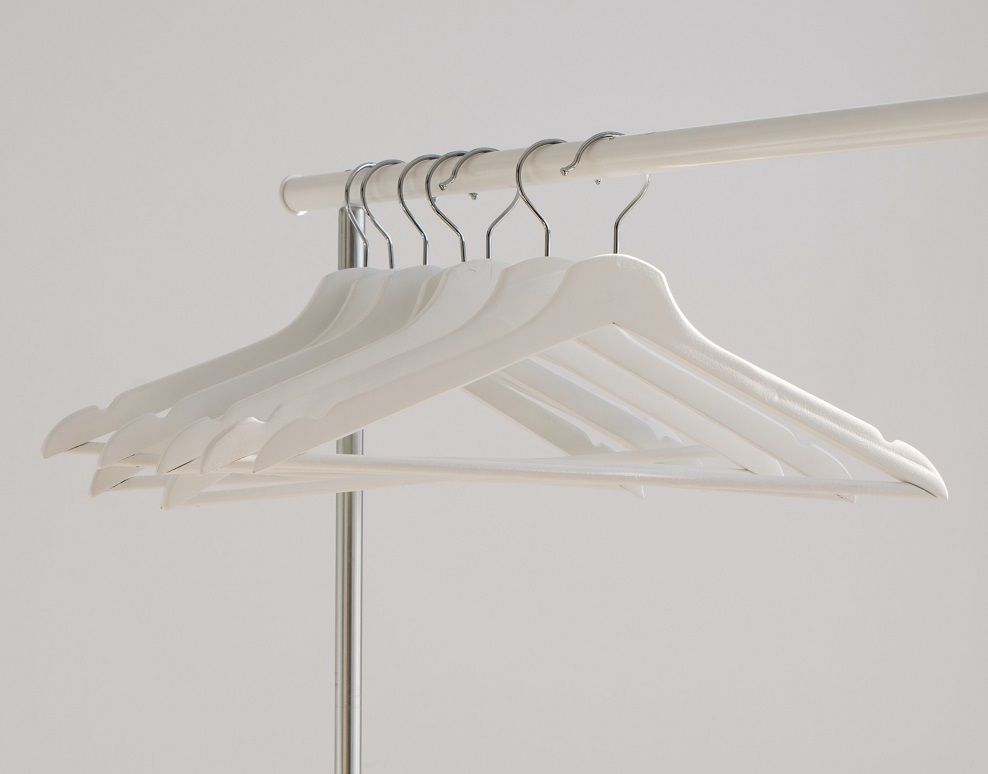
How to make the switch
Give your wardrobe a little bit of a Marie Kondo shake-up
Separate your clothes into three piles: “keep,” “ditch,” and “maybe.” You will probably find out you have more clothes than you think!
Take a good look at the “keep” pile and see how you can combine or layer your tops and bottoms in a different way.
Then, separate the “ditch” pile into two: to recycle and to give away, depending on the quality of the piece. You can recycle damaged or worn-out clothes in special bins or big stores; sometimes they offer a discount for it. Give everything else away to the charity or bring it to a local community center.
What if you feel like the "maybe" pile isn't good enough to keep but is too good to give away? Organize a clothes swap with your friends or neighbors and exchange the clothes, shoes, and accessories you won't be wearing anymore for something else. Seeing how the clothes you no longer need bring joy to someone else is the ultimate sign you’ve made the right decision!
Choose second-hand
Buy clothes in thrift stores and flea markets. If you don’t have a lot of thrifting options where you live, you may want to try online thrift stores, or again, swaps and garage sales.
Remember it’s ok to buy new clothes some of the time
Just like meat-eaters don’t have to go full-vegetarian to save the planet (sticking to a vegetarian diet 3 days a week is cool), you don’t have to totally forgo new clothes. They’re not the devil just yet.
Lauren Cowdery, for example, still buys new gym wear. “It would be a bit gross to wear secondhand gym clothes.”
Invest in versatile and timeless pieces
Remember that jacket that you would definitely bring to a deserted island? That is what we’re talking about. If you shop, shop for high-quality, versatile pieces that can be combined with the rest of your wardrobe nicely and would last for ages.
Raise awareness and support local and sustainable fashion brands
You have the last say in where your dollar goes, and it makes perfect sense to support sustainable fashion brands that share the values you stand for. Your consumer behavior can affect the fashion world and change it for the better.
Join the budding community of conscious consumers right now and help save the planet! The NatureHub Conscious Community app is now available on both Google Play Store and iOS App Store.
Download it here: Apple iOS • Android


